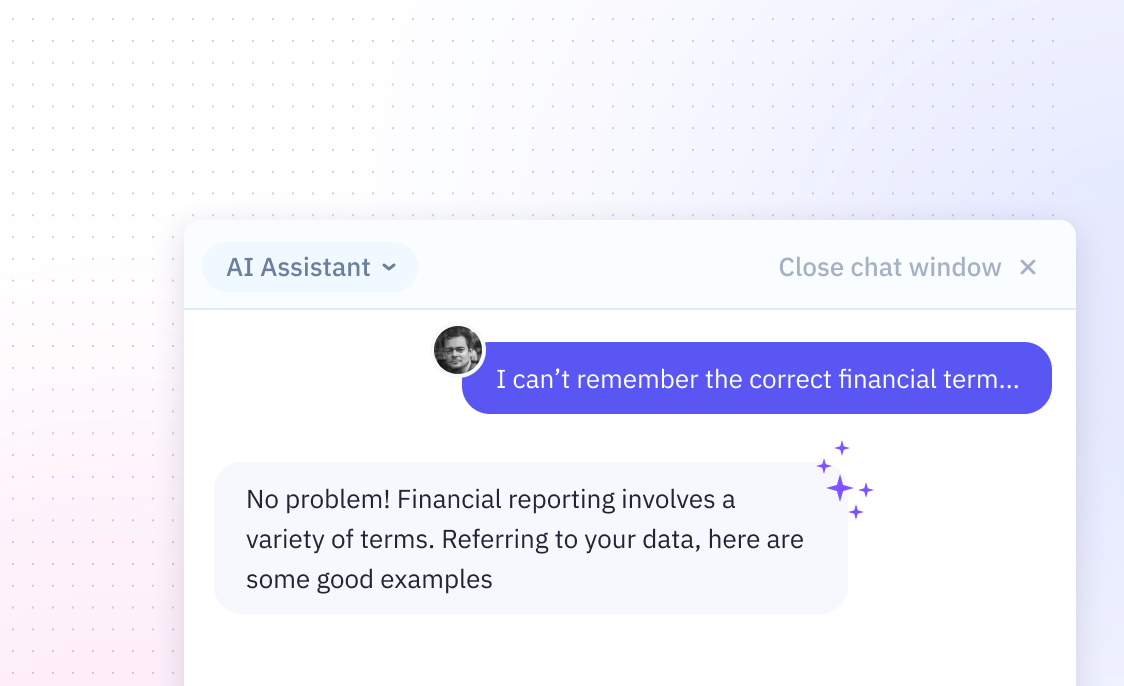
How To Make a Pie Chart with Words in Excel
Introduction
Creating a pie chart in Excel can be accomplished through a series of steps involving data arrangement and chart tools. This process requires a basic understanding of Excel functionalities.
This webpage provides a straightforward guide on how to make a pie chart in Excel using words to label your data. It covers everything from data input to customization of your chart for clear representation.
While Excel requires manual configuration, Sourcetable's AI chatbot can instantly create pie charts and other visualizations from your data through simple conversation. Try Sourcetable to effortlessly analyze any dataset by simply telling the AI what you need.
Creating an Excel Pie Chart
Prepare Your Data
Firstly, ensure your data is arranged in one column or row with category names in the first column or row to create a clear, single data series with values greater than zero. Limit categories to 7-9 to prevent clutter and optimize understanding.
Inserting the Pie Chart
In Excel, select your data range, such as A1:D2 for 2017 data, and click the Pie symbol in the Charts group under the Insert tab to insert a basic pie chart.
Formatting Your Chart
To enhance readability, sort pie slices by size and avoid overuse of 3-D effects. Group related data slices meaningfully. Use Excel's formatting options to alter pie chart elements like legend, data labels, and slices.
Customizing Data Display
Delete unnecessary legends by clicking and pressing Delete. Add clarity to your chart by including data labels with percentages instead of values, which are inserted by checking the Data Labels box. Adjust these labels by right-clicking and formatting them to show category names and percentages. Customize further with font changes.
Adjusting Chart Appearance
Modify the pie chart's color scheme by clicking the paintbrush icon. Aim for a clean, professional look that accurately represents your data proportions.
Why Learning How to Make Pie Charts with Words in Excel is Valuable
Creating pie charts with words in Excel enhances data visualization for business presentations and reports. Word-labeled pie charts improve readability and eliminate the need for separate legends, making data interpretation immediate and intuitive.
Professional Applications
Word-labeled pie charts are essential for financial reporting, market share analysis, and budget breakdowns. Clear labeling directly on chart segments helps audiences quickly grasp key information during meetings and presentations.
Time and Efficiency Benefits
Mastering Excel's pie chart labeling saves time in report preparation and reduces the risk of misinterpretation. Direct word labels eliminate the need to cross-reference legends, streamlining the data communication process.
Use Cases for Excel Pie Charts with Words
Survey Results Visualization
Transform raw survey data into an easy-to-understand pie chart that shows response categories. This visual representation helps stakeholders quickly grasp participant preferences and makes survey findings more accessible to non-technical audiences.
Business Expense Analysis
Create clear visualizations of company spending across different categories like marketing, operations, and human resources. This helps management track budget allocation and identify areas where costs could be optimized.
Classroom Topic Tracking
Monitor and display the distribution of classroom discussions across various subject areas. This visualization helps teachers ensure balanced coverage of curriculum topics and identify areas that may need more attention.
Market Share Distribution
Illustrate the competitive landscape by showing each company's portion of the market. This visual representation helps teams understand their position relative to competitors and identify opportunities for growth.
Customer Feedback Analysis
Present common themes from customer service interactions in an easy-to-digest format. This visualization helps identify trending issues and prioritize areas for service improvement.
Excel vs Sourcetable: A Modern Approach to Spreadsheets
While Excel relies on manual functions and formulas for data analysis, Sourcetable revolutionizes spreadsheet work through AI-powered conversation. This innovative platform allows users to create spreadsheets, analyze data, and generate visualizations simply by chatting with an AI assistant. Upload any size file or connect your database, then tell Sourcetable what you want to analyze. Visit Sourcetable to experience how AI can answer any spreadsheet question.
Natural Language vs Formula Syntax
Excel requires users to learn complex formula syntax and function names. Sourcetable eliminates this learning curve by letting users express their analysis needs in plain English through an AI chatbot interface.
Data Analysis Capabilities
Sourcetable's AI can instantly generate sample data, create comprehensive analyses, and produce stunning visualizations from your data. Excel demands manual configuration and formula construction for similar tasks.
Accessibility and Ease of Use
Excel's traditional spreadsheet interface can be intimidating for new users. Sourcetable makes data analysis accessible to everyone through conversational AI, requiring no prior spreadsheet expertise.
Frequently Asked Questions
Can I create a pie chart directly from text values in Excel?
No, pie charts cannot be built directly from text. They can only be built from numerical data, though text can be used as labels.
What are the basic steps to create a pie chart with text data in Excel?
First, calculate percentages for each text item using a formula. Then create a separate table to count the occurrences of each text item. Use these numerical values to create the pie chart, with the text as labels.
What are the key requirements for creating an effective pie chart in Excel?
Pie charts work best when you have only one data series, no negative or zero values, and no more than seven categories. The data should be arranged in a single column or row.
Master Pie Charts with Sourcetable
Creating pie charts becomes effortless with Sourcetable's AI-powered spreadsheet platform. Instead of navigating complex Excel functions, simply tell Sourcetable's AI chatbot what you want to visualize, and it will create stunning charts instantly.
Upload any data file or connect your database to Sourcetable, and let the AI handle your analysis needs. The conversational interface eliminates the need to learn complicated spreadsheet features, making data visualization accessible to everyone.
Transform the way you work with spreadsheets and create charts effortlessly. Sign up for Sourcetable and let AI answer all your spreadsheet questions instantly.






